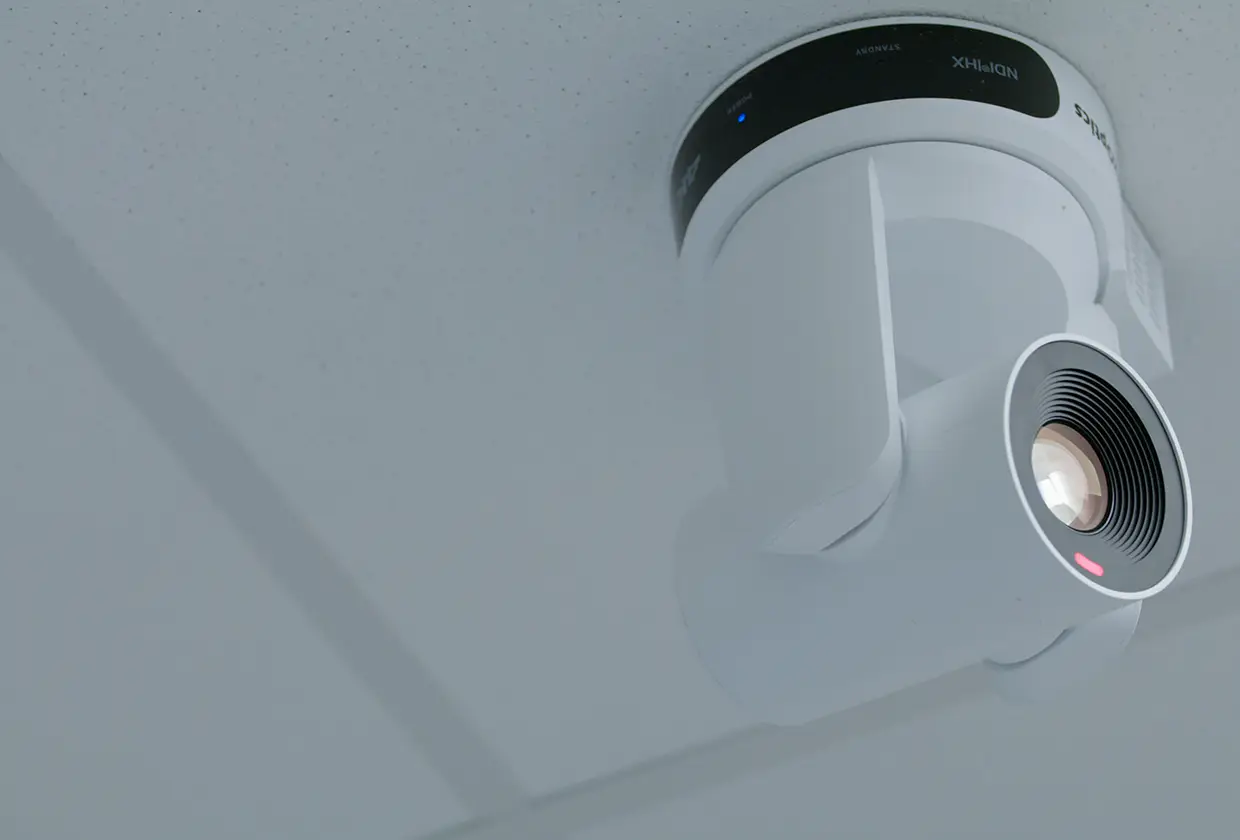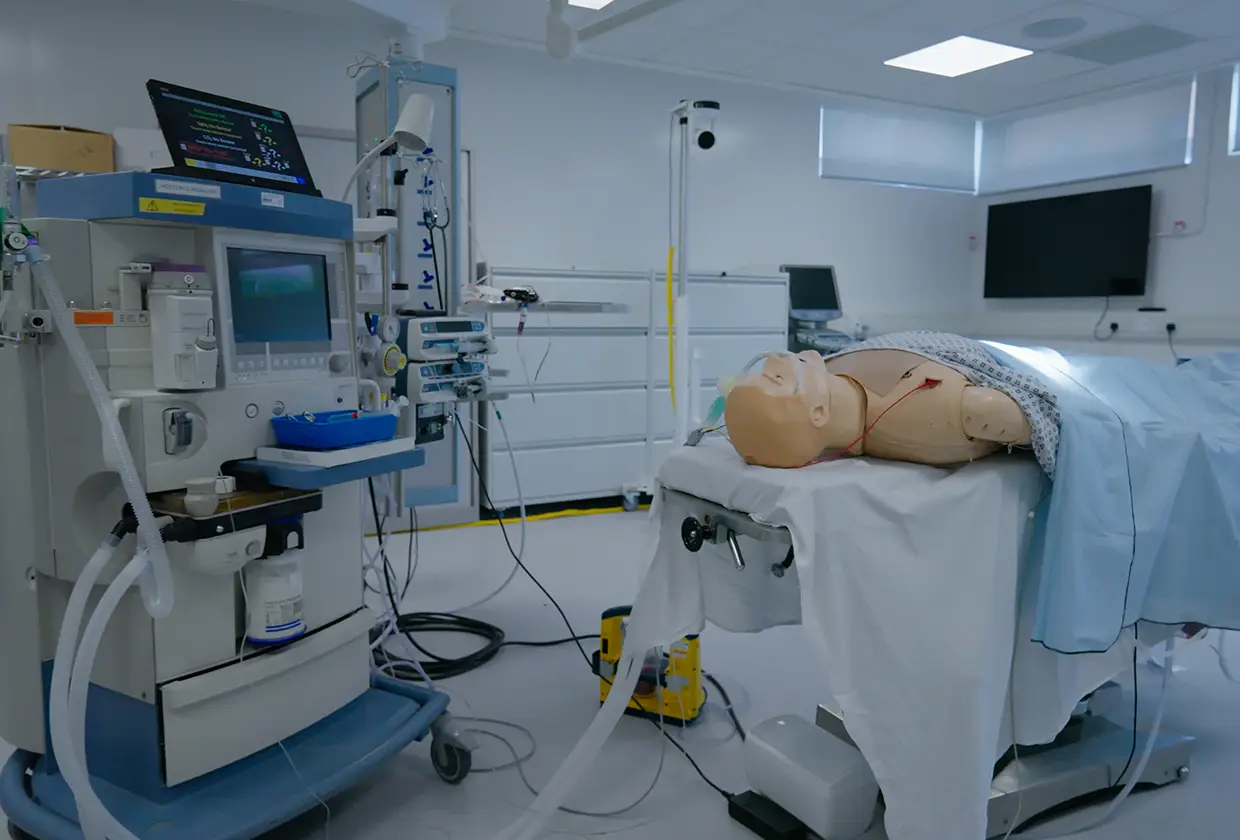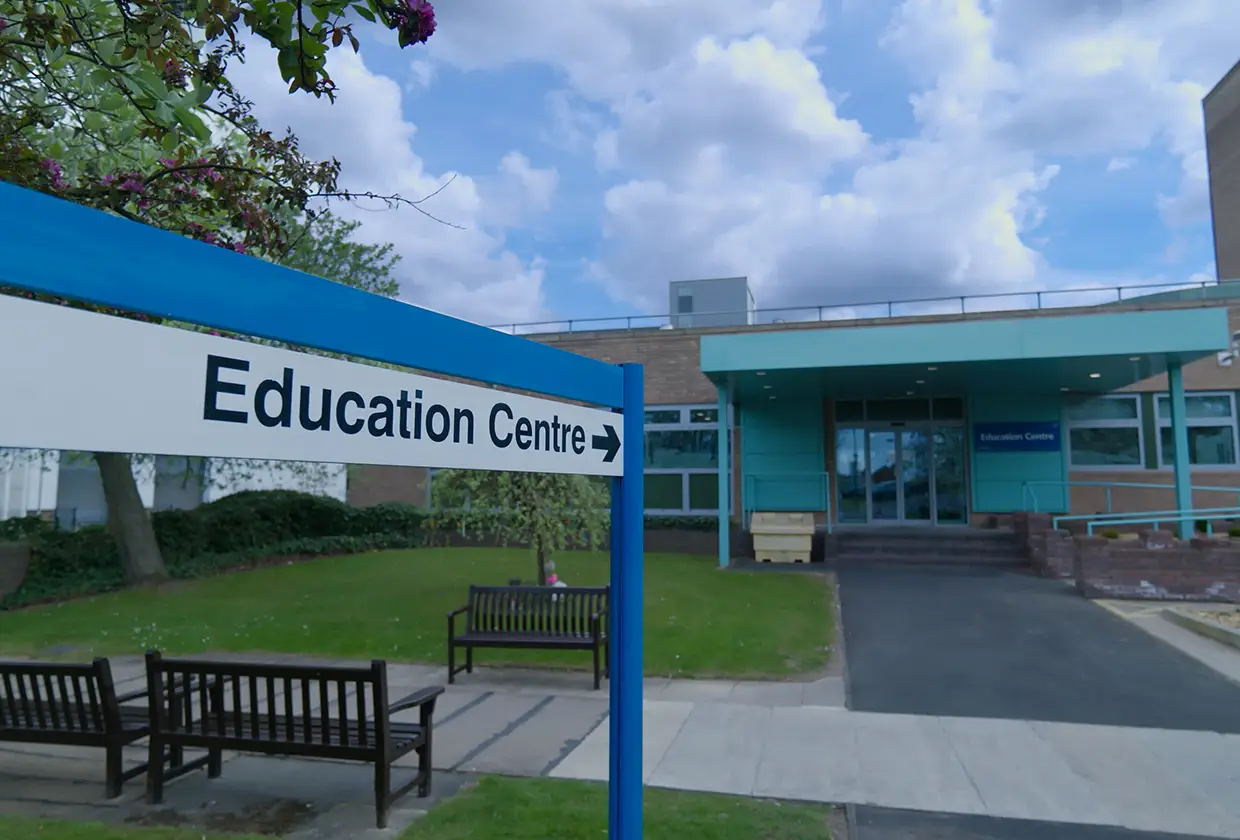

Overview
Freeman Hospital's new simulation centre was designed to support clinical education in a realistic but controlled environment.
Partners & Collaborators
Freeman Hospital
Client
Freeman Hospital
Sector
Education
Services
Audio / Video / Control
Location
Newcastle-upon-Tyne, United Kingdom
Year
2025


Freeman Hospital's new simulation centre was designed to support clinical education in a realistic but controlled environment. The facility includes multiple interconnected spaces such as a simulation theatre, ward space, observation classrooms, and dedicated control rooms, all working together to simulate complex clinical scenarios without risk to patients.
The goal was to deliver a flexible and intuitive AV system that could adapt to different teaching methods and clinical disciplines, allow for real-time observation, and support post-session review and remote learning — all while being easy to operate by a range of users with varying technical backgrounds.
A key challenge was how to capture high-quality speech without disrupting the realism of medical simulations. Traditional microphone setups requiring lapel or headset mics were not suitable due to participants wearing scrubs and other clinical garments.
To overcome this, the system incorporates automatic audio tracking, allowing the microphone system to detect and focus on the primary source of speech in the room. This solution offers clear audio capture without needing to attach any hardware to participants, making it ideal for rapid scenario turnover and authentic clinical presentation.
Each simulation room includes an overhead speaker system to relay audio during training sessions, with additional speakers by patient beds to simulate voice responses as part of the training. All audio is routed over a networked system and centrally managed by a digital processing platform capable of mixing multiple sources in real time.
This approach ensures participants and observers can clearly hear what is happening — whether they are physically present in the space or watching from another room.
Visual quality was another key requirement, with the centre aiming to adopt a full high-resolution workflow to support detailed observation. This allows educators and trainees to zoom in on fine movements, equipment use, or interactions between staff during scenarios.
Each simulation room was fitted with remote-controlled cameras with powerful zoom capabilities. These allow multiple people to be captured simultaneously and provide flexibility to track specific elements of a scenario without intruding on the session.
Live video is distributed throughout the building, allowing real-time viewing in observation rooms and classrooms. The system also includes the ability to record and stream sessions for post-event debrief or delivery to other NHS sites — extending the reach of the training beyond the centre itself.
The entire system is brought together through a centralised control platform, allowing seamless management of audio, video, and camera feeds across the site.
Custom-designed touchscreen interfaces are installed in key locations, giving staff the ability to select sources, adjust levels, and control camera views. These interfaces were developed specifically for the centre and can be remotely updated over time based on feedback from staff as they continue to use the system.
Within the control room, technicians can manage all simulation activity — including the cameras, audio levels, scenario cues, and patient voice or physiological feedback — all from a single interface. This gives the team the ability to dynamically respond to how a session unfolds in real time.


The simulation centre also supports multi-location training delivery, making it possible to broadcast sessions live into other rooms or to remote participants across the NHS network.
Live feeds can be sent directly to classrooms within the building, where observers watch the session as it happens and use it as the basis for discussion and debrief. For certain courses, training delivered at Freeman can also be streamed to other sites, allowing more people to benefit from the teaching while maintaining a consistent educational experience.
From the outset, the project was approached as a collaborative, long-term partnership. The Freeman Hospital team had a clear set of goals, but also allowed flexibility for the technical team to recommend and implement the most effective solution.
Rather than focusing purely on the installation, the emphasis was on ensuring the system would be future-proof, adaptable, and user-friendly for the wide range of clinical and educational needs the centre supports.
The system continues to evolve — with regular feedback loops and remote configuration updates ensuring it grows with the demands of the centre.
The integrated AV system has enabled Freeman Hospital Simulation Centre to significantly expand its training offer. With increased clarity, ease of use, and flexibility, more complex training scenarios are now being delivered confidently.
Feedback from course leaders and clinical staff has been overwhelmingly positive. Many have noted how the new system has made simulation feel more realistic and more valuable — with some surprised at what is now possible compared to the centre’s previous capabilities.
Participants are now able to observe and reflect on scenarios in detail, giving them a richer learning experience and enabling more structured debriefs.
The success of the project was rooted in the way the system was designed specifically for flexibility and multi-use, ensuring it could handle a wide range of teaching and simulation scenarios without the need for reconfiguration. By incorporating automatic audio tracking technology, the solution avoided the impracticalities of traditional microphone setups and ensured clear sound capture no matter where participants were in the room.
High-resolution video with powerful zoom capability enabled detailed clinical observation, allowing trainers and observers to see exactly what was happening during a scenario. This was supported by a fully integrated control and distribution system spanning all rooms in the centre, making it easy for staff to manage audio, video and camera feeds in one place.
The installation also provided streaming and recording capability for multi-location delivery and post-session review, significantly increasing the reach and value of the centre’s training. This was paired with customised user interfaces that could be remotely modified to match the evolving needs of staff. The project was approached as an ongoing partnership, with the system designed to be adaptable and supported over the long term rather than as a one-off installation.


Credits
